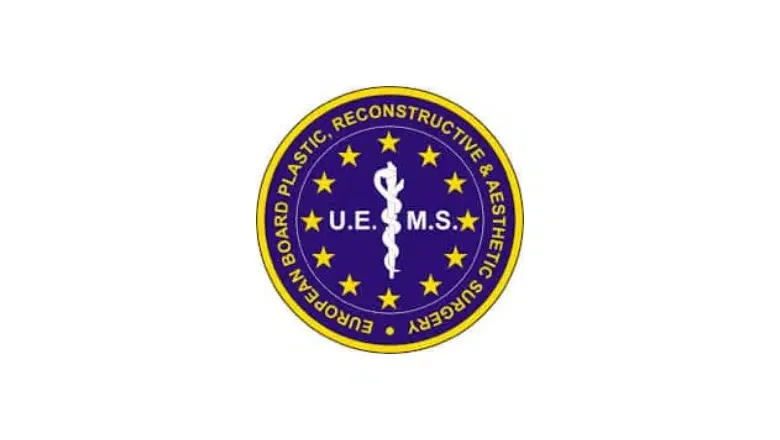Urinary incontinence, or the involuntary loss of bladder control, is a prevalent health concern among women in the UK. The issue is often underreported due to feelings of embarrassment or discomfort when discussing it, even though it affects a significant portion of the female population across various age groups. It is a misconception that this condition predominantly affects the elderly or those who have recently given birth. Indeed, these demographics are more prone to urinary incontinence, but a wide range of other health issues can also trigger it.
RELATED: What Are The Symptoms Of Pelvic Floor Disorder In Women?
While urinary incontinence does not usually pose a direct threat to life, it can greatly diminish a woman’s overall quality of life. The adverse effects are both physical and psychological, leading to a disruptive lifestyle filled with anxiety and unpredictability. It is a sobering fact that women are twice as susceptible to this incapacitating condition compared to men, underscoring the importance of understanding and addressing this problem.
RELATED: Urinary Incontinence And Pelvic Organ Prolapse After Vaginal Delivery
The factors contributing to urinary incontinence in women are numerous and varied. This blog aims to shed light on some of the most common causes in order to foster a greater understanding and promote proactive management of this health issue. Centre for Surgery is a specialist clinic in London for vaginal laser treatment of this common condition.
RELATED: Why Laser Treatments are a Top Choice for Vaginal Rejuvenation
Pregnancy & Childbirth
Pregnancy and childbirth play a significant role in the incidence of urinary incontinence among women in the United Kingdom. Medical professionals approximate that about half of all expectant mothers in the country will grapple with the issue during their pregnancy. The risk of stress incontinence, characterized by unintentional urine leakage due to sudden pressure on the bladder from actions like laughing, coughing, or physical exertion, increases considerably during and post-childbirth.
Throughout the gestation period, the uterus expands to accommodate the growing fetus, exerting additional pressure on the bladder and urethra. As a result, seemingly trivial acts such as a single bout of laughter, a sudden cough, or a vigorous physical movement can trigger an incontinence episode.
The hormonal changes that women undergo during pregnancy can also contribute to urinary incontinence. Levels of the hormone progesterone naturally rise during this period, leading to a loosening of ligaments and joints to make way for the expanding uterus. However, this hormone can also inadvertently weaken the pelvic floor muscles, which play a crucial role in controlling urine flow.
Post-delivery, women can continue to face incontinence issues for several weeks, with vaginal deliveries often causing the most impact. This process can stretch and weaken the pelvic floor muscles, which act like a hammock to support the pelvic organs, including the bladder. If these muscles are damaged during childbirth, some women may suffer from a condition called pelvic organ prolapse and ongoing incontinence issues.
Furthermore, the birthing process can potentially harm the nerves that facilitate communication with the bladder. Although, in many instances, urinary incontinence issues resolve naturally within approximately six weeks postpartum, for some women, these issues may mark the onset of persistent struggles with bladder control throughout their lives. Tragically, about 40% of women continue to deal with urinary incontinence as a direct consequence of their pregnancy.
The Natural Ageing Process
The prevalence of urinary incontinence tends to increase among older women. Approximately 30 to 35 percent of women between the ages of 45 and 64 are affected by this condition. This statistic escalates dramatically for women over 65, with nearly half of them experiencing urinary incontinence.
Despite common misconceptions, urinary incontinence in women should not be viewed as a standard facet of ageing. Rather, it is a medical condition that often indicates the presence of another underlying health issue. With advancing age, the potential causes of incontinence become more diverse and complex.
One of the frequent contributors to urinary incontinence in older women is the atrophy or weakening of the pelvic floor muscles. The long-term impacts of pregnancy and childbirth can also become more pronounced, adding to the likelihood of developing this condition. In addition to these physical factors, several neurological disorders have been linked to urinary incontinence in women. These include stroke, Alzheimer’s disease, and Parkinson’s disease, each of which can disrupt the normal functioning of the bladder and lead to incontinence.
Menopause
Menopause, a critical phase in a woman’s life marked by the cessation of menstrual cycles, often brings with it a range of symptoms including hot flashes, night sweats, mood swings, and commonly, urinary incontinence. During menopause, the body’s production of hormones such as oestrogen and progesterone declines significantly. Scientific research suggests that these reduced hormone levels contribute to the weakening of the urethra and pelvic floor muscles, thereby increasing the risk of urinary incontinence.
The decline in oestrogen levels also affects the elasticity of vaginal tissue and thins the lining of the urethra. Cumulatively, these seemingly insignificant changes can lead to substantial discomfort and increase the likelihood of urinary incontinence. Post-menopause, additional physiological changes such as weight gain and pelvic organ prolapse can further exacerbate the condition, making women more prone to urinary incontinence during and after menopause.
The onset of urinary incontinence often commences during perimenopause, the transitional period leading up to menopause when hormonal fluctuations first start to occur. However, the majority of bladder control issues manifest during menopause and can persist for years afterwards. During this period, women may experience various forms of urinary incontinence, including frequent accidental leakage due to stress, sudden and intense urges to urinate, and overactive bladder syndrome.
Laser Treatment for Urinary Incontinence at Centre for Surgery
Urinary incontinence is a condition that affects a larger proportion of women than is commonly acknowledged. However, it’s crucial to remember that this condition does not have to rule your life. With the appropriate care and treatment, issues with bladder control are generally highly manageable.
RELATED: 4 Reasons to Consider Vaginal Rejuvenation
At Centre for Surgery in London, you will find some of the most accomplished gynaecologists in the field. Our team of surgeons possesses a deep understanding of prevalent gynaecological issues, providing them with a comprehensive perspective on urinary incontinence in women and associated pelvic floor concerns. Our centre specialises in the cutting-edge, non-invasive Incontilase laser treatment for urinary incontinence, allowing patients to bypass the need for conventional surgical procedures.
If you’re suffering from urinary incontinence, do not hesitate to contact Centre for Surgery in London. We invite you to schedule a consultation by calling us on 0207 993 4849 to learn more about the array of treatment options we offer for this challenging condition. Don’t let urinary incontinence hold you back from leading a fulfilling life; get in touch with us today.










